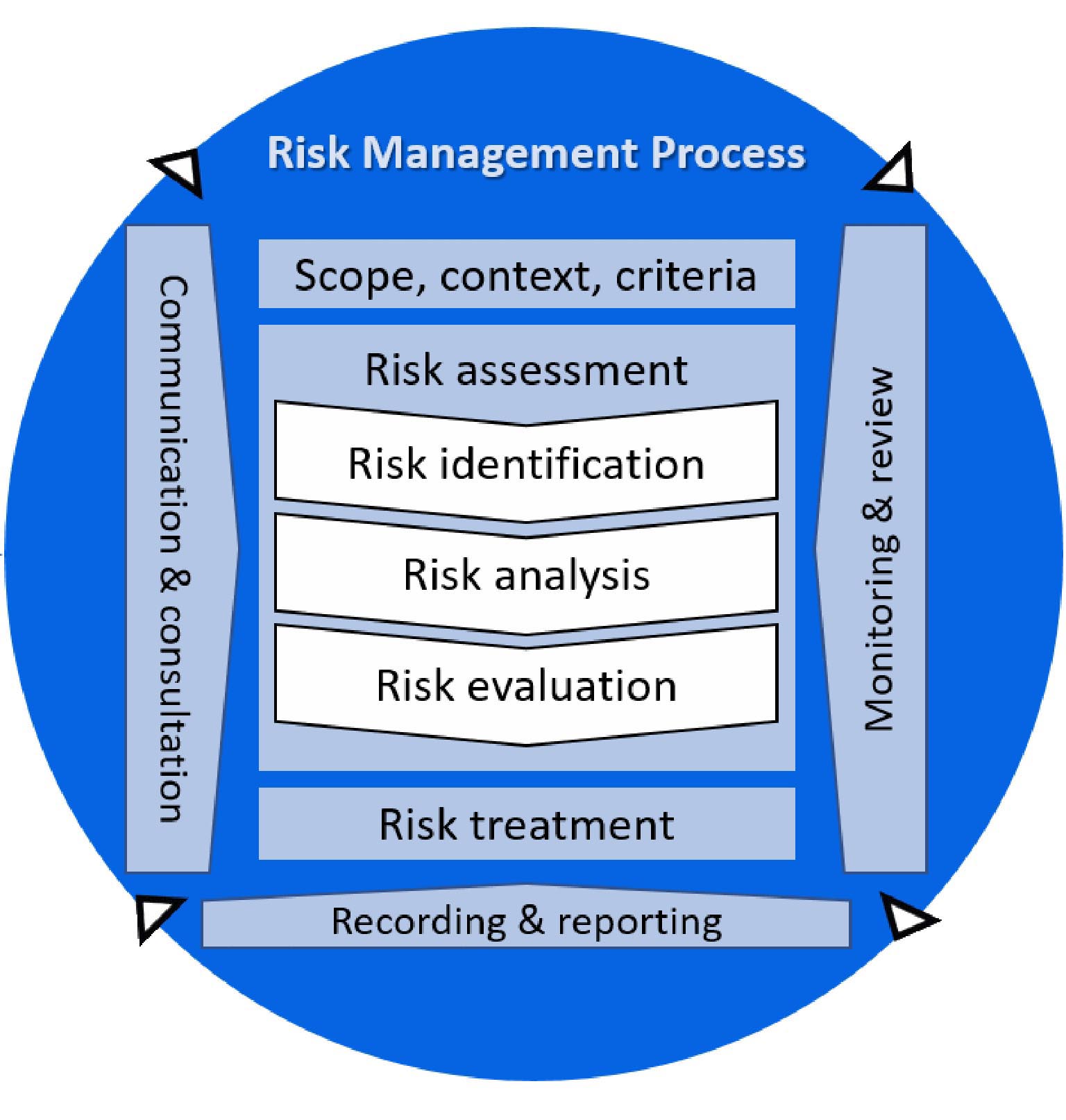In this short blog, we will focus on the Communication and Consultation step. You must communicate about your risks and its treatment, but how do you handle this? If you communicate too much no one will know what to listen to nor remember it. If you communicate too little, no one will understand the context or details of the information. Use the tips below to overcome such struggles.
Tips effective risk communication
1. Have a common ground
Before talking about risks, people need to understand the basic concepts of safety. Do not assume that everyone is on the same page regarding risks. Define concepts clearly to avoid confusion. Make sure that there is a common definition of risk established, so employees manage risk based on the common concept and view of what constitutes as risks. Inform your organization about the nature of the risk management and why you are doing it.
2. Make sure everyone can understand
As you communicate to different levels and departments in de organization, it is convenient to tailor your message to the one who receives the message. One of the goals for risk communication is to provide meaningful, relevant, and accurate information in clear and understandable terms. Be aware that these criteria can be different for people on the operational work floor than for higher management. Adjust your information to your target audience, so everyone in the organization knows their role in managing the risks they face. This will help you filter the information effectively.
3. Consider the form of communication
How often do you want to communicate to your colleagues? Depending on which colleagues, this could be every day, every week, monthly, or yearly. If the frequency is yearly, writing a report will not be too much trouble. If the frequency is weekly, writing a report will likely be too time-consuming to create and read. It won’t be long before your employees are demotivated which will likely lead to less clear communication – or worse, confusing communication! Think about other ways of communication, such as videos, posters, or interactive means. A one-sided communication strategy is likely to be less effective.
4. Build a sense of inclusiveness and ownership
You know that managing risk is not a one-person job. This process involves different departments and colleagues. It is impossible to manage risk effectively if there is no communication and consolation with each colleague that is involved – with each stakeholder. To optimize the communication and consultation you need to make sure that each stakeholder understands, knows and agrees what is expected from them in relation to the management of risk.
By communicating on risk management, you will involve your colleagues and create inclusiveness and ownership. Ownership is important, because let’s face it: risks that are not owned are often not managed. Clarity on personal responsibilities is very important to prevent incidents from happening. There is no need to have accidents that could have been prevented through effective communication between stakeholders.








